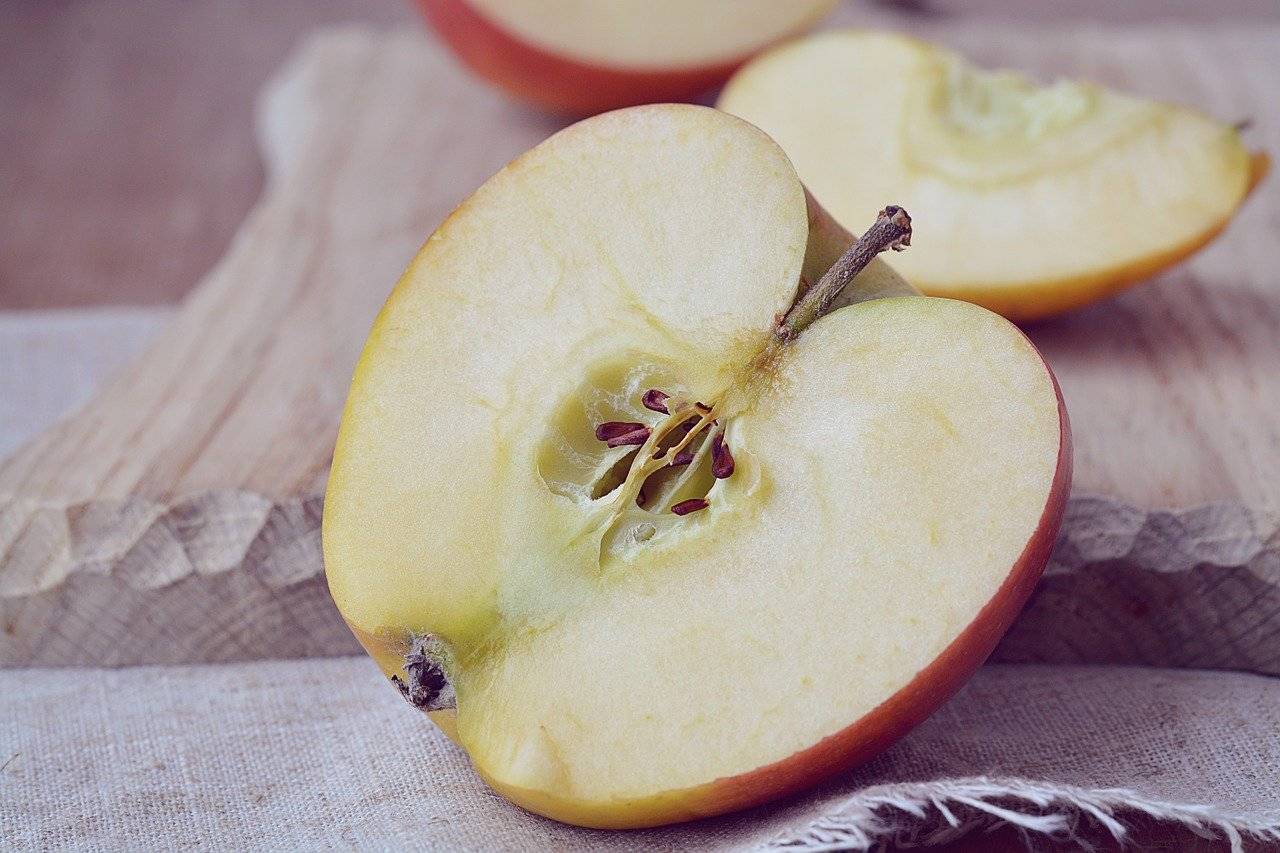Monika Spykerman, The Columbian
Sadly, I recall none of the meals I had when I was in Paris. However, I do remember one dessert: a tarte Tatin, sort of an upside-down caramel apple pie, made by our host, an American woman who had lived in France for many years and was, if possible, even Frenchier than many French people. She had a degree in French history â” or was it French art or French art history? â” and agreed to take our family on a guided tour of the Palace of Versailles, which is a place that has too many silent letters in it.
She was also an accomplished French cook, though we ate rather informally at her tiny kitchen table. When I took a bite of this dessert, the halves of my brain split apart in joy, unable to contain such a sublime flavor. All my neurons disconnected themselves from each other and aimed skyward, prepared to receive more messages directly from heaven.
I have enjoyed tarte Tatin only a few blessed times since then, but none can compare to the first. I finally decided that this tart is worth trying, even if I fail. It turns out that tarte Tatin isn’t theoretically complicated; it’s in the execution that things go a bit wonky.
Before my tale of woe, a bit of history. This dessert is attributed to the Tatin sisters, who ran a hotel south of Paris in the 1880s. Like so many tasty things, the tart is rumored to be an accident. One of the sisters (so the story goes) was making a pie but left the apples cooking in sugar and butter and they caramelized. Hoping to save the day for her hungry guests, she threw on a pastry crust and finished it in the oven, then cleverly inverted it onto the serving plate. That’s essentially how the tart is made, so let’s get to it! Allez, allez!
I made two tarts, trying two different methods and getting two drastically different results. I knew things were going terribly wrong with the first attempt, but since I am a contrarian at heart, I decided to just keep going. What happened was a plate of apple-flavored tar that the Washington State Department of Transportation could use to plug potholes. The second tart was beautiful and scrumptious and, while it did not reach the reality-shattering deliciousness of the Parisian tart, was something I would serve with pride to guests, if I should ever have any again.
Tarte Tatin ingredients
- 6 large, very crisp apples
- 6 tablespoons softened salted butter
- 2/3 cup sugar (white or light brown)
- 1 sheet store-bought puff pastry or pie crust, cut or rolled to pan size
1. For each tart, I cored, peeled and quartered about six large Granny Smith and Fuji apples (very firm apples that won’t turn to mush while cooking). One recipe advised refrigerating the cut apples for three days to dry them out and reduce their juiciness but naturally I ignored this step, because why would I ever do anything three days in advance? I can’t say that it made an appreciable difference since the apples turned to black goo anyway.
2. I also used the same store-bought puff pastry for both tarts, although regular pie crust is fine. I made a mistake in letting the pastry get to room temperature; the package contained two pastry sheets that became impossible to separate. I ended up dividing the dough into two blobs and rolling each into a rounded shape as wide as the skillet (10 inches) and 1/8 inch thick. It cooked up a lovely golden brown both times, so no harm done there.
3. The harm came during the caramelization process. The first time, I tried to make the caramel in the pan and then add the apples. I’d never made caramel before and there’s a reason: It’s really, really hard. I melted 6 tablespoons of salted butter and added 2/3 cup sugar and then just let it cook until a near-black, evil-smelling bloom formed in the middle of the skillet. I thought, “Well, maybe that’s just how caramel works!” I can assure you, it does not. I could have saved the apples and pastry and thrown the whole mess out, but no, I pressed on out of some perverse desire to see the job through. I arranged the apples carefully in the toxic ooze, then topped them with the pastry dough. I baked it at 375 degrees for 45 minutes and you have never seen a prettier thing coming out of the oven, if you discount the inky sludge seeping up around the edges. I put a large plate on top of the skillet and turned the tart over in one fluid motion that would have made Julia Child proud. It came right out, a perfect circle of blackness like a solar eclipse.
4. The second time, using very low heat, I melted the butter and sugar in the skillet with a bit of cinnamon and cloves (not traditional additions, but I am no traditionalist). I immediately added the apple quarters in a rough overlapping pattern, then kept everything simmering on the lowest heat for about 10 minutes, until the sauce bubbled around the edges and thickened slightly. I never left the pan, preferring instead to hunch over it like a mother bear nosing one of her cubs. I put the puff pastry on top, tucked it in tightly around the edges and put it in the oven for 45 minutes. When it was done, I immediately inverted it onto the platter and it came right out. It wasn’t caramelly so much as saucy, but the apples held their shape and were a gorgeous honey-brown.
Tarte Tatin is usually served warm with creme fraiche or vanilla ice cream, but I didn’t have either so I used a dollop of Greek yogurt. The tangy yogurt with the rich, sweet apples and buttery pastry was tres magnifique.

